By Mike Searson
. 380 ACP brief over view and history.
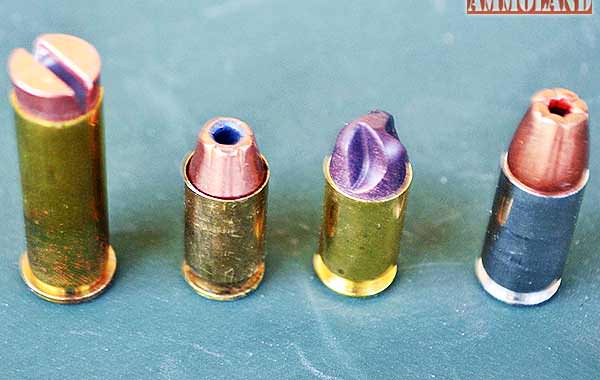
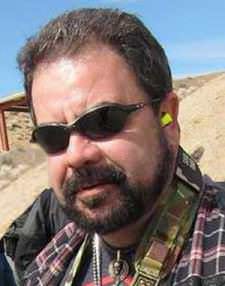
USA – -(Ammoland.com)- One of the most popular rounds for Concealed Carry Weapon ( CCW ) holders in the United States in recent years is the lowly 380 ACP (Automatic Colt Pistol).
Its numbers seem to have eclipsed a few of the more traditional conceal carry rounds like the 38 Special, however it is still touted as a marginal round made for questionable pistols by many.
Or is it?
Twenty years ago it was definitely the case, but let’s take a look at how the round and the firearms for which it is chambered have changed over the past 100 or so years since its introduction.
History of the 380 ACP
The 380 ACP cartridge was designed by John Moses Browning in 1908 as a compromise between 2 of his earlier designs: 25 ACP and 45 ACP. The dimensions of the cartridge lie approximately midway between the aforementioned rounds. The round is sometimes referred to as 9mm Kurz, 9mm Corto or 9 X 17mm and was popular in Europe for decades.
Designed as a low-powered round intended for fixed barrel blowback pistols without a barrel locking mechanism, the round has evolved as manufacturers offer locked-breech pistols in this caliber.
In order to counter recoil, the slide of a blowback pistol has to be made heavier than a short-recoil operated pistol. This allows the pistol to be made cheaper and for decades many 380 pistols suffered a reputation for being “cheaply made”. This brought the stigma of unreliability (both real and imagined) and the round was often sneered at by most shooters.
Archduke Ferdinand would probably disagree.
380 ACP a Renaissance Round
The little round went through a renaissance as manufacturers moved away from the blowback design and turned to the concept of using a locked breech pistol for 380 ACP. This means that the round can be loaded a bit hotter as well as lightening the slide. We see this in the Sig P238, Colt Mustang, KelTec and a few others.
We suspect the reason to be twofold: The rise of concealed carry reform in the United States and non-US countries prohibiting military calibers such as 9mm and 45 ACP for civilian handgun ownership.
The latter lead manufacturers to offer traditional service size pistols (or pistols very close to that size) typically chambered in 9X19mm in the shorter cartridge. The former was an answer to making a smaller, lighter and more powerful personal defense pistol to meet the needs of shooters who wanted to carry a concealed pistol that weighed less than a pound.
Firearms in 380 ACP
By far the most common 380 ACP pistols will be the older Walther PPs, PPKs and PPK/S models and their clones. Sig Sauer introduced a pistol of this size as the P230 and updated it with the P232. Of course they dropped that model altogether in favor of the P238 which is superficially a single-action clone of the Colt Mustang.
Other 380 ACP handguns include Ruger’s LCP and LC 380, the pistols by Kel-Tec and of course the almost service size pistols made by Beretta in the 84 and 85 series. North American Arms released a 380 Guardian and Seecamp rolled out a 380 LWS after years of folks clamoring for one.
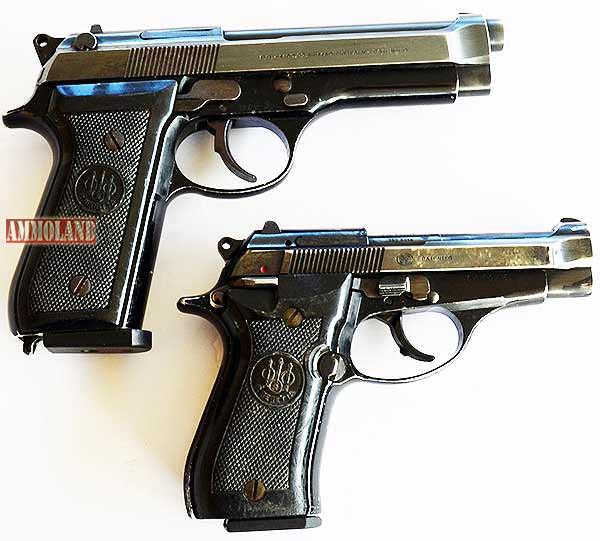
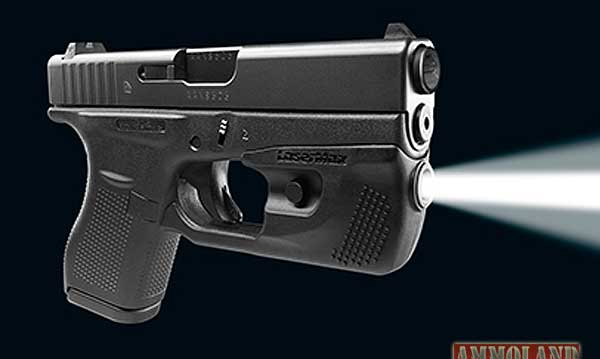
One of our favorites is the Glock 42. It is on the large size for a 380, but its size tames recoil and makes the pistol very pleasant to shoot.
The big advantage is that most of these pistols can benefit from higher pressure loadings than the standard 85 to 90 grain bullet traveling a little south of 1000 feet per second.
As ammunition manufacturers are aware of the dearth of older pistols that cannot handle these hotter loads, you may have to hunt a bit to find them.
Replace the 380 ACP?
When most shooters look at ballistics, they tend to see velocity as king and the higher velocity of the 380 ACP when compared to 38 Special looks like a winner. Velocity unfortunately is only part of the equation. Bullets for the 380 tend to be lighter than the 38 Special and the mass makes for the main difference in the force equation.
The heavier 38 Special bullets make that round more desirable for self-defense. Yet the 380 typically offers the advantage of higher capacity (even if by only 1 or 2 rounds) plus the ability to reload quicker.
The tradeoff is that most self defense ammunition offered in 38 Special will yield 25% to 45% more power than the 380 ACP. As mentioned previous, there are 380 rounds available that will improve this, such as the rounds produced by Buffalo Bore, but these are not meant for every pistol on the market in that caliber and they do not come as close as some would make you believe.
For someone making the choice between a 38 special and a 380 ACP we recommend choosing the handgun that is more accurate for the individual.
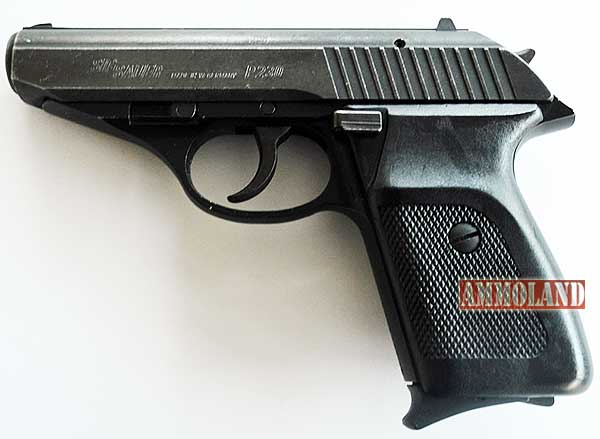
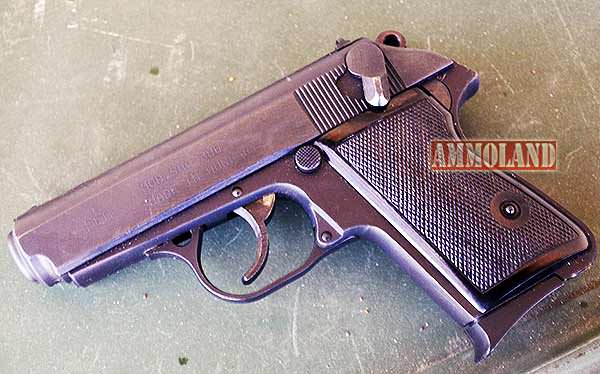
Ballistics and bullet profiles aside, surviving a deadly encounter that involves putting down a bad guy comes down to shot placement. Five shots of one caliber through the bad guy’s aorta will trump missing a vital target by inches.
In our estimation, the 380 ACP may be more prevalent than 38 Special revolvers in today’s holsters among concealed carriers. More modern shooters are starting out on semiauto pistols than on revolvers and will naturally go to a familiar, but smaller design instead of opting for a revolver. Unfortunately, to try to compare the performance of a 380 ACP ballistically to a 38 Special does a disservice to both rounds.
380 ACP Load Data
380 ACP (Automatic Colt Pistol) Load Data
About Mike Searson
Mike Searson’s career as a shooter began as a Marine Rifleman at age 17. He has worked in the firearms industry his entire adult life as a Gunsmith, Ballistician, Consultant, Salesman, Author and was first certified to teach firearms safety in 1989.
Mike has written over 2000 articles for a number of magazines, websites and newsletters including Blade, RECOIL, OFF-GRID, Tactical Officer, SWAT, Tactical World, Gun Digest, Examiner.com and the US Concealed Carry Association as well as AmmoLand Shooting Sports News.
- Home page: www.mikesearson.com
- FB: www.facebook.com/mike.searson
- TWITTER: www.twitter.com/mikesearson
